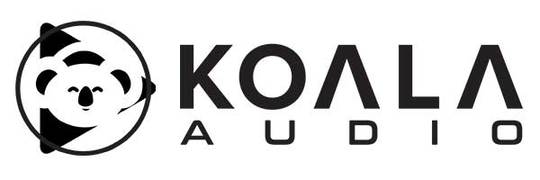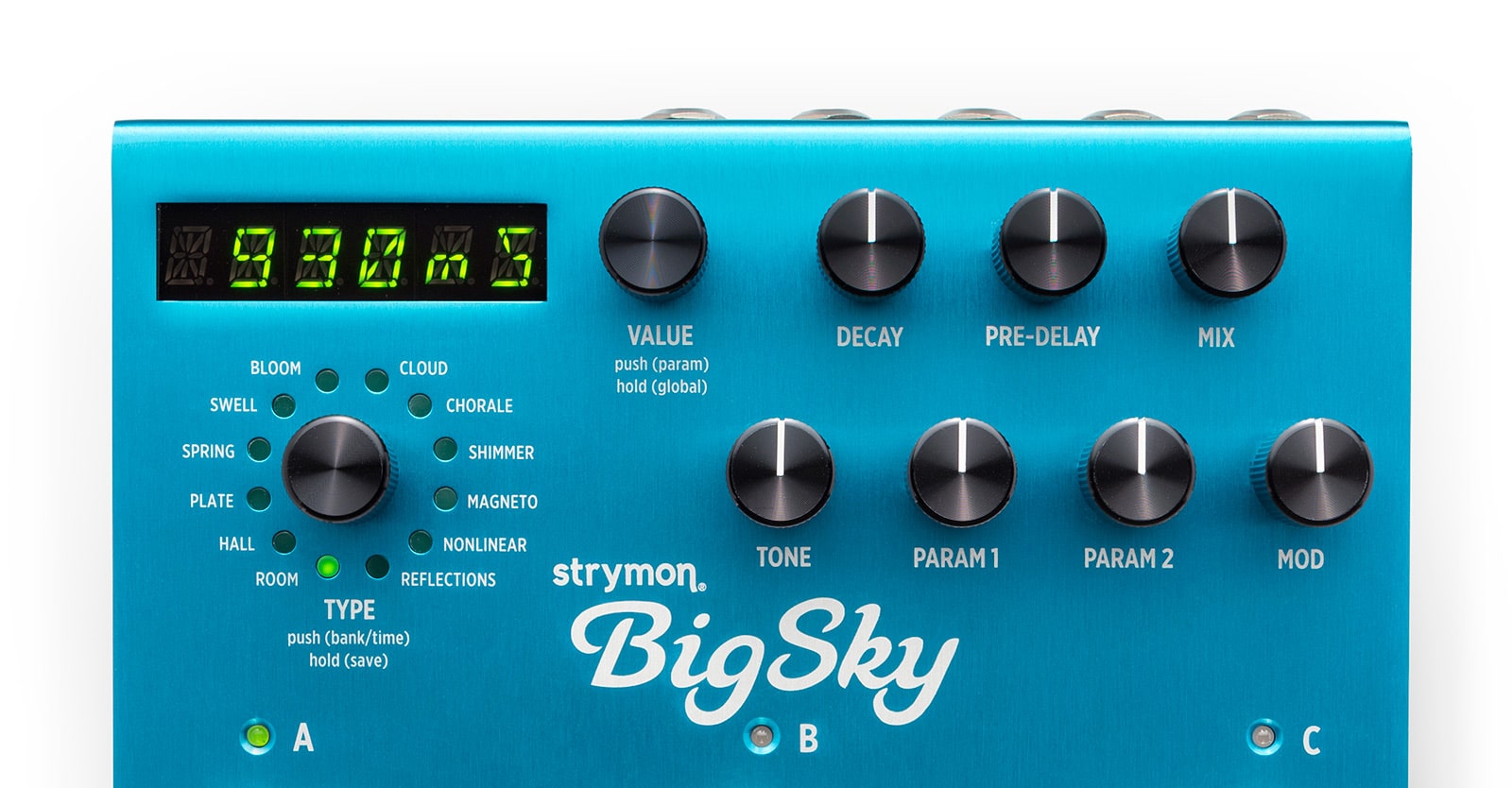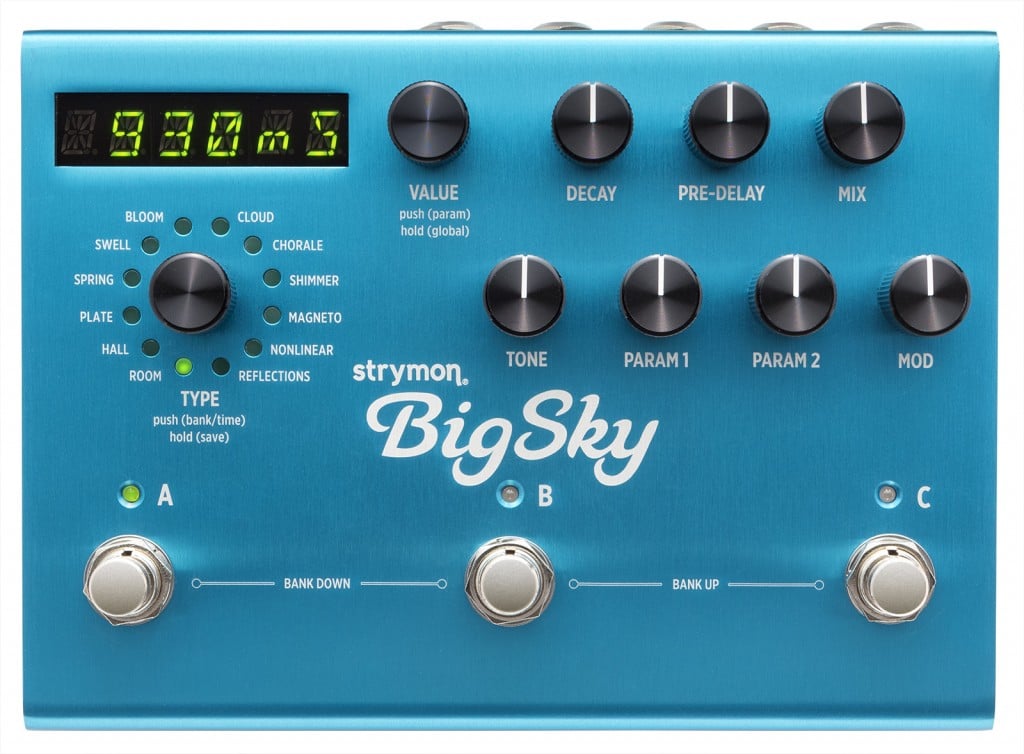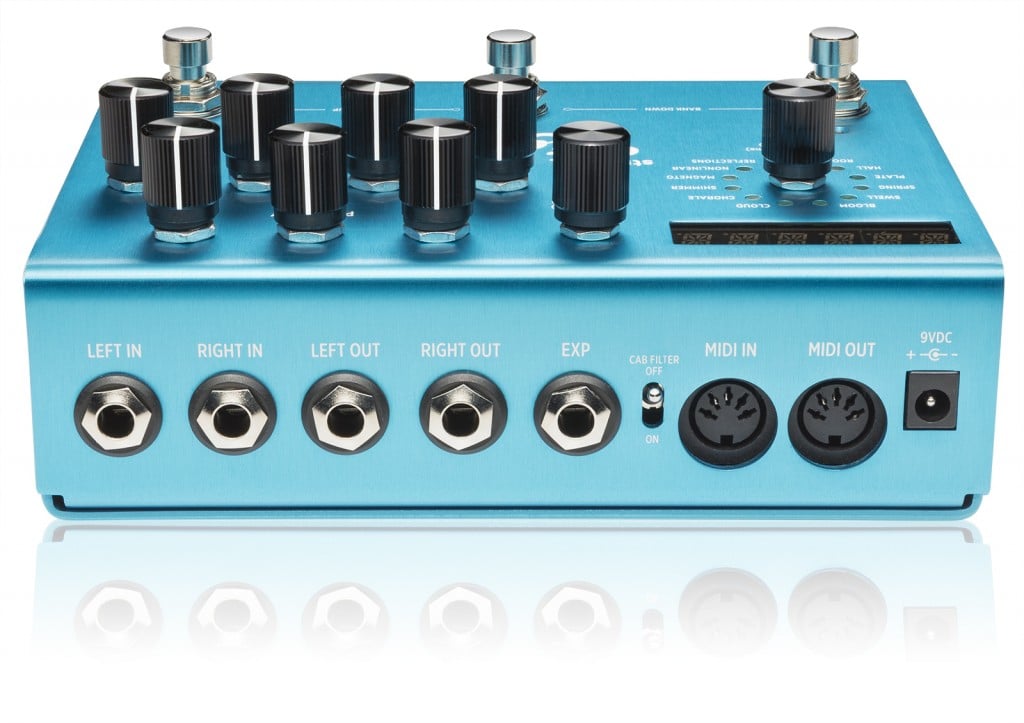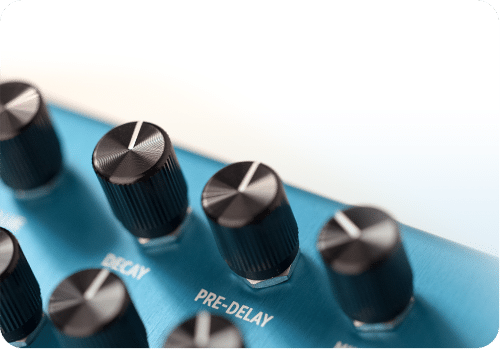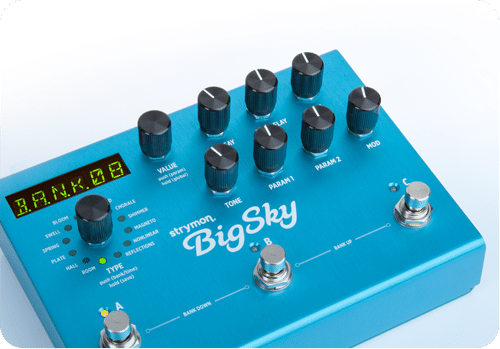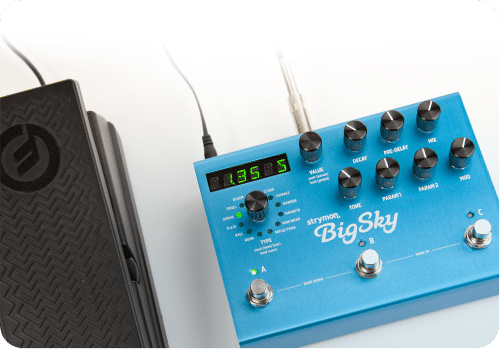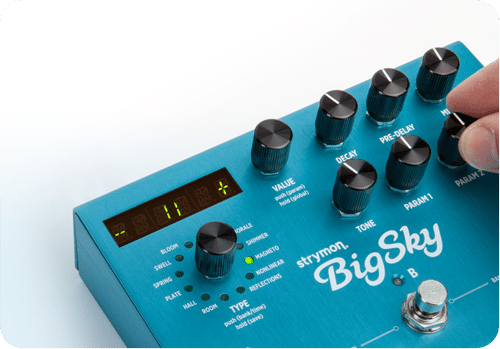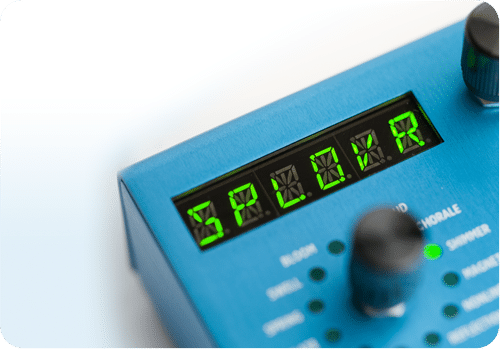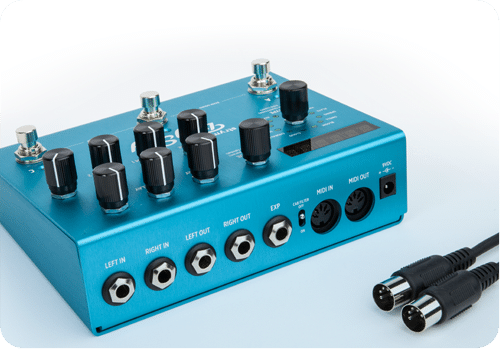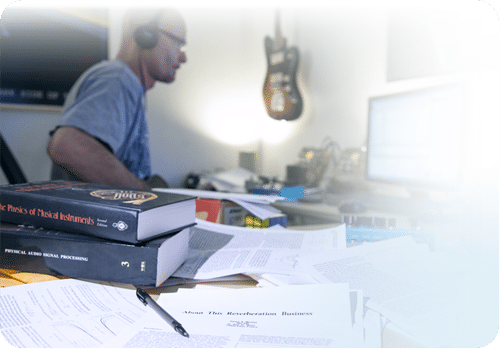
“Project BigSky” started as a journey of diligent research.
We studied, reviewed and examined physical reverb units, algorithm architectures, academic papers and programming techniques from the past five decades.
Within BigSky, we utilized traditional reverb elements such as feedback-delay networks, allpass-delay-filter loops, Schroeder reverb sections, multi-tapped delay-lines, as well as all-new reverb elements that we developed along the way.
The goal was to find the best starting point for each reverb sound, and then elevate it into the 21st century.
Sound Design
Our intensive study of reverb history and acoustic science was combined with many critical listening sessions in a variety of environments.
We tweaked in front of amps, with synths, and in recording studios.
We listened with fanatical attention to the early part of the reverb.
We tweaked some more. We listened with fanatical attention to the late part of the reverb. We tweaked some more.
We listened with fanatical attention to the middle part of the reverb.
We tweaked some more.
Then we did it all again. There were no deadlines—just an obsession to make it as good as we could possibly imagine.
Analog Design
Transparency. That is the foundation behind the analog circuitry in BigSky. Only the reverb algorithms color your sound and your analog signal remains untouched.
Our True Bypass circuit accomplishes this with a mechanical relay to switch the input signal directly to the output, with absolutely no components connected.
Our Analog Buffered Bypass circuit features a 1Meg input impedance, keeping the character of your guitar pickup unaltered. The output impedance is 100 Ohms and can drive hundreds of feet of cable without coloring the sound.
Our noise specs are so low they’re about the same as the thermal noise of a guitar pickup.
